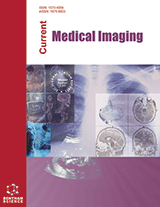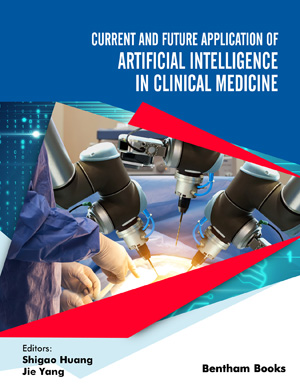
Abstract
Background: Many studies have reported Xp 11.2 translocation renal cancer in radioimaging,but there is little literature on the evaluation of Xp11.2 translocation renal cell carcinoma by ultrasound.
Objective: To investigate the ultrasonographic features and diagnostic value of renal cell carcinoma associated with Xp11.2 translocation/TFE3 gene fusion in children and adolescents.
Materials and Methods: The clinical and ultrasonographic data of 10 patients with renal cell carcinoma associated with Xp11.2 translocation/TFE3 gene fusion confirmed by pathology in our hospital were analyzed retrospectively. The age ranged from 3 to 18 years old, including 7 males and 3 females. The tumor location, size, boundary, echo, hemorrhage, cystic change, calcification, blood flow, lymph node status and metastasis were mainly observed, and the results were compared with the pathological results.
Results: There were 10 masses in 10 cases of renal cell carcinoma associated with Xp11.2 translocation/TFE3 gene fusion, including 4 in the right kidney and 6 in the left kidney; the maximum diameter line is 5-23cm; 9 cases had clear mass boundary (90%); 9 masses (90%) showed mixed cystic and solid masses with high echo of solid components, and 1 mass (10%) showed huge multilocular cystic mass with multiple septations; necrosis and cystic changes were seen in all 10 masses (100%); calcification in 5 masses (50%); blood flow signals were seen in the solid components of the mass (100%).
Conclusion: Renal cell carcinoma associated with Xp11.2 translocation/TFE3 gene fusion in children and adolescents are mostly large cystic and solid mixed echo masses, with high echo of solid components, and often accompanied by cystic changes and calcification. Its ultrasonic manifestations have certain characteristics. Color Doppler ultrasound has a certain diagnostic value for this disease.
Keywords: Xpll.2 translocationTFE3 fusion gene, Renal cell carcinoma, Ultrasonic diagnosis, Renal cell carcinom.
[http://dx.doi.org/10.1016/j.eururo.2005.11.035] [PMID: 16442207]
[http://dx.doi.org/10.2478/raon-2013-0077] [PMID: 24991210]
[http://dx.doi.org/10.1007/s00261-018-1703-0] [PMID: 30019296]
[http://dx.doi.org/10.1097/RCT.0000000000000263] [PMID: 25955396]
[http://dx.doi.org/10.1258/ar.2012.120255] [PMID: 23446748]
[http://dx.doi.org/10.1111/j.1442-2042.2005.01126.x] [PMID: 16201974]
[http://dx.doi.org/10.1016/j.pathol.2019.11.006] [PMID: 32107074]
[http://dx.doi.org/10.1016/j.crad.2013.08.004] [PMID: 24156792]
[http://dx.doi.org/10.1177/0284185120988109] [PMID: 33497276]
[http://dx.doi.org/10.1002/pbc.25015] [PMID: 24585574]
[http://dx.doi.org/10.1097/PAS.0000000000000631] [PMID: 26975036]
[http://dx.doi.org/10.2214/AJR.14.12950] [PMID: 25714283]
[http://dx.doi.org/10.1002/jmri.24349] [PMID: 24136829]
[http://dx.doi.org/10.1097/RCT.0b013e3182680182] [PMID: 23192203]
[http://dx.doi.org/10.1007/s12098-021-03700-0] [PMID: 33651306]
[http://dx.doi.org/10.1002/jmri.22392] [PMID: 21182142]
[http://dx.doi.org/10.1007/s00261-020-02835-6] [PMID: 33151360]
[http://dx.doi.org/10.1007/s00330-021-08528-y] [PMID: 35124718]
[http://dx.doi.org/10.1002/jum.15824] [PMID: 34499770]
 21
21 2
2











